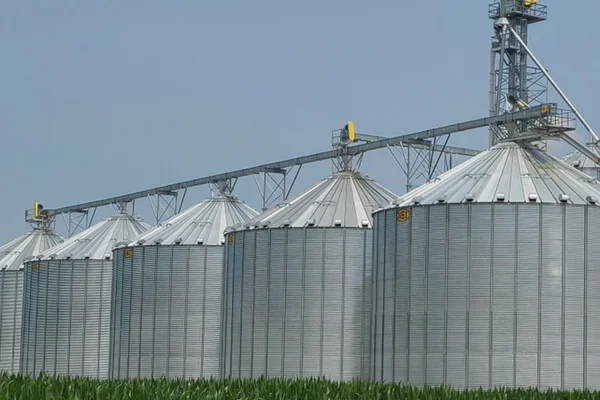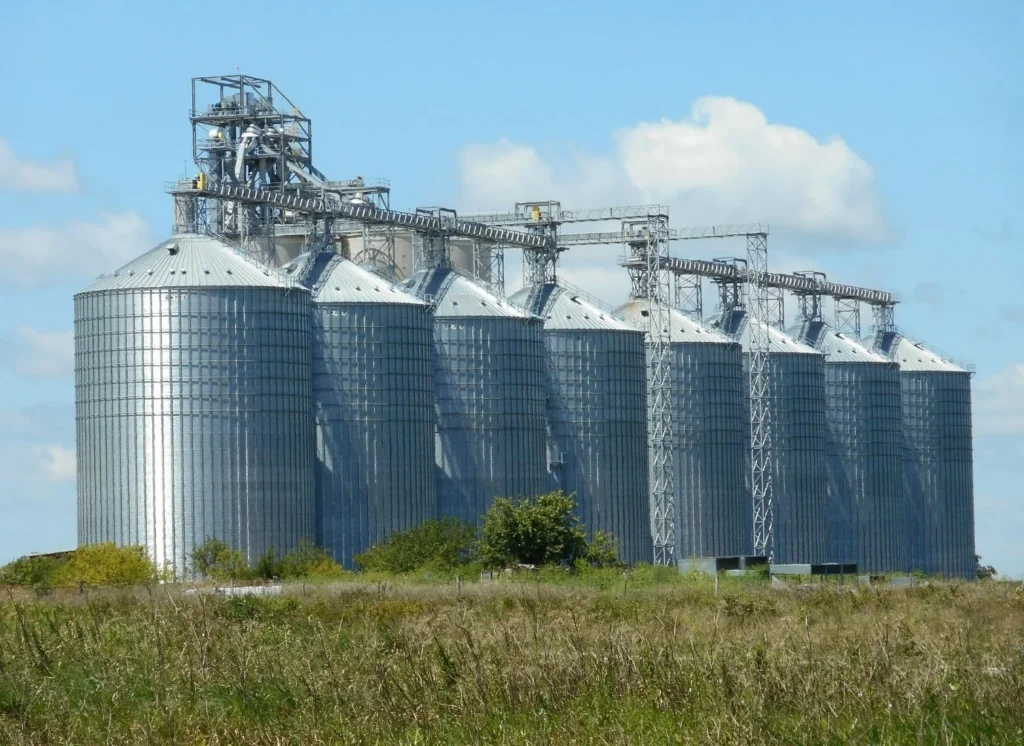SMART Food Grain Storage System Technology (SAFEETY) was successfully transferred by MeitY to Paras Defense and Space Technology Ltd.
About Smart Food Grain Storage System (SAFEETY):
- It was developed by Society for Applied Microwave Electronics Engineering and Research (SAMEER) under the Ministry of Electronics and Information Technology’s guidance.
- It boasts cutting-edge features such as:
- Conveyorized loading and unloading of grain bags with RFID for traceability,
- Online weight and moisture measurement, and
- Radio Frequency Based Removal of Moisture from Grain.
About SAMEER:
- It was set up in 1984 as an autonomous R&D laboratory at Mumbai under the then Department of Electronics.
- Its broad mandate to undertake R&D work in the areas of Microwave Engineering and Electromagnetic Engineering Technology.
- It is an offshoot of the Special Microwave Products Unit (SMPU) set up in 1977 at the TATA Institute of Fundamental Research (TIFR), Mumbai.
Need for Scientific Food Grain Storage System:
- India’s population is 18% of the world, but it only has 11% of the farmable land.
- The country’s grain storage is limited to 145 million metric tons, just under half of its 311 million metric tons production.
- The Food Corporation of India (FCI) holds more grain than its buffer stock needs.
- Improving storage facilities will cut down on waste, make crop prices more stable, and increase grain exports.
Initiatives for Scientific Food Grain Storage System
- A plan to create the “World’s Largest Grain Storage Plan in Cooperative Sector” aims to add storage at the Primary Agricultural Credit Societies level.
- The Agricultural Marketing Infrastructure (AMI) scheme supports building and updating storage facilities in the countryside.
- The Agriculture Infrastructure Fund helps finance projects for handling crops after harvest.
Ref: Source
| UPSC IAS Preparation Resources | |
| Current Affairs Analysis | Topperspedia |
| GS Shots | Simply Explained |
| Daily Flash Cards | Daily Quiz |



